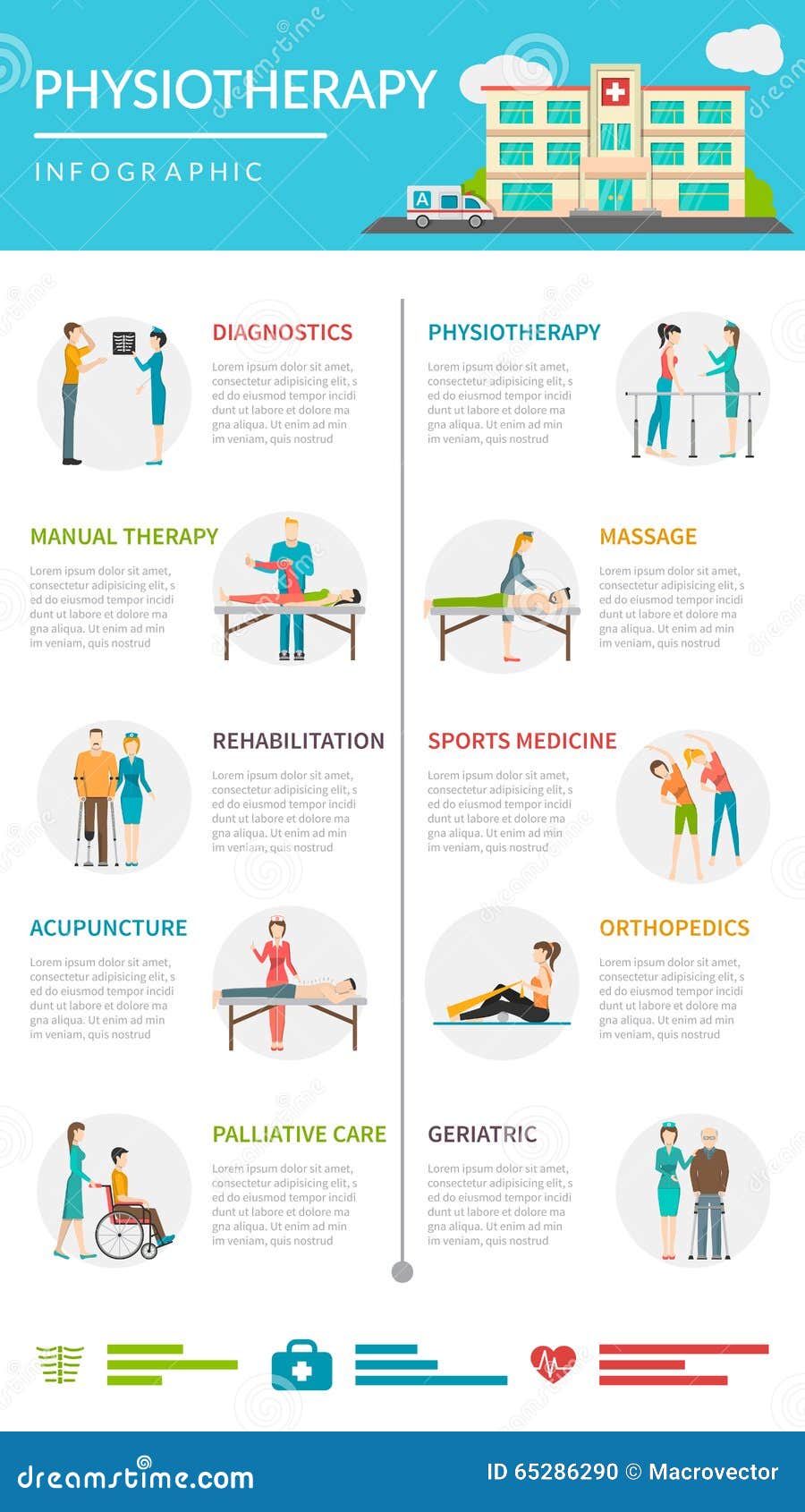Typical Day-To-Day Routines That Trigger Neck And Back Pain And Tips For Avoiding Them
Typical Day-To-Day Routines That Trigger Neck And Back Pain And Tips For Avoiding Them
Blog Article
Uploaded By-Snyder Dempsey
Preserving proper posture and staying clear of usual pitfalls in everyday tasks can dramatically impact your back wellness. From just how you sit at your workdesk to how you lift hefty items, small modifications can make a large distinction. Think of a day without the nagging back pain that hinders your every action; the service may be less complex than you believe. By making a few tweaks to your everyday behaviors, you could be on your means to a pain-free presence.
Poor Stance and Sedentary Way Of Living
Poor position and a sedentary way of life are 2 major contributors to neck and back pain. When you slouch or suspicion over while sitting or standing, you placed unnecessary stress on your back muscle mass and spinal column. This can lead to muscle mass discrepancies, tension, and eventually, persistent neck and back pain. Additionally, sitting for long periods without breaks or exercise can deteriorate your back muscles and lead to rigidity and discomfort.
To combat inadequate posture, make a conscious effort to rest and stand straight with your shoulders back and aligned with your ears. Remember to keep your feet level on the ground and prevent crossing your legs for prolonged periods.
Integrating normal stretching and strengthening exercises into your day-to-day routine can also aid improve your stance and relieve pain in the back related to an inactive way of life.
Incorrect Training Techniques
Inappropriate lifting techniques can dramatically contribute to back pain and injuries. When you raise heavy items, remember to bend your knees and use your legs to raise, instead of depending on your back muscle mass. Avoid turning your body while training and maintain the object near your body to lower strain on your back. It's essential to preserve a straight back and avoid rounding your shoulders while lifting to avoid unnecessary pressure on your back.
Always assess please click the next website of the object prior to raising it. If it's as well hefty, ask for help or usage equipment like a dolly or cart to move it safely.
Bear in mind to take breaks throughout raising tasks to provide your back muscles an opportunity to rest and stop overexertion. By applying correct lifting strategies, you can avoid back pain and reduce the danger of injuries, ensuring your back remains healthy and balanced and strong for the long-term.
Absence of Normal Workout and Extending
A sedentary lifestyle without normal workout and stretching can significantly add to pain in the back and pain. When you do not take part in exercise, your muscles become weak and stringent, causing inadequate stance and raised strain on your back. Regular exercise aids strengthen the muscle mass that sustain your back, enhancing security and lowering the danger of back pain. Including extending right into your regimen can likewise boost versatility, preventing stiffness and pain in your back muscular tissues.
To stay clear of pain in the back caused by a lack of workout and stretching, aim for at least 30 minutes of modest exercise most days of the week. Consist of exercises that target your core muscular tissues, as a strong core can help ease stress on your back.
In addition, take breaks to extend and relocate throughout the day, especially if you have a desk job. Easy stretches like touching integrative/holistic medicine austin texas or doing shoulder rolls can help alleviate tension and avoid neck and back pain. Prioritizing normal workout and stretching can go a long way in maintaining a healthy and balanced back and reducing pain.
Final thought
So, keep in mind to stay up straight, lift with your legs, and stay active to prevent neck and back pain. By making straightforward changes to your day-to-day practices, you can stay clear of the discomfort and restrictions that come with neck and back pain. Deal with your back and muscles by practicing good pose, appropriate training strategies, and regular exercise. Your back will thank you for it!
